Search
Did you mean: Assur?
Search Results
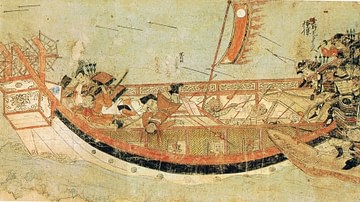
Article
The Mongol Invasions of Japan, 1274 & 1281 CE
The Mongol invasions of Japan took place in 1274 and 1281 CE when Kublai Khan (r. 1260-1294 CE) sent two huge fleets from Korea and China. In both cases, the Japanese, and especially the samurai warriors, vigorously defended their shores...
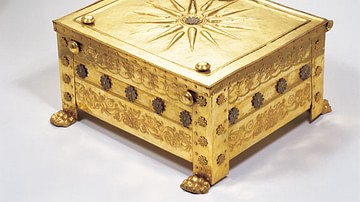
Article
The Royal Macedonian Tombs at Vergina
Excavations at Vergina in northern Greece in the late 1970s CE unearthed a cluster of tombs thought to be the burial site of Philip II (r. 359-336 BCE), the father of Alexander the Great (r. 336-323 BCE), with a wife interred in a vaulted...
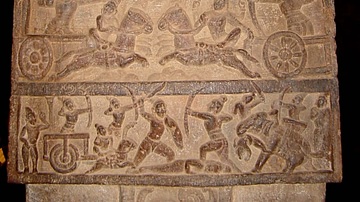
Article
Chariots in Ancient Indian Warfare
The chariot was the elite arm of ancient Indian armies in the Vedic (1500 BCE – 1000 BCE) and Epic periods (described by the Ramayana and the Mahabharata, 1000-600 BCE) because of the advantages it conferred and the selection of plain ground...
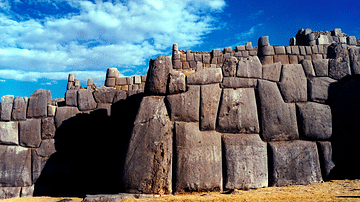
Article
The Siege of Cusco in 1536-7
The two sieges of Cusco in 1536-7 were the last great military actions by the Incas as they tried to reclaim their empire from the Spanish conquistadors led by Francisco Pizarro (c. 1478-1541). The European cavalry proved all but invincible...
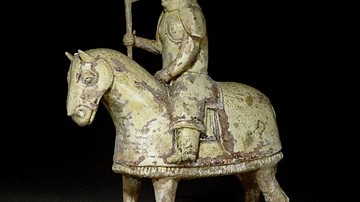
Article
Cavalry in Ancient Chinese Warfare
The use of cavalry in Chinese warfare was a significant development which was largely responsible for the abandonment of chariots, that vehicle being much slower and more cumbersome to manoeuvre in battle conditions. The greater speed and...
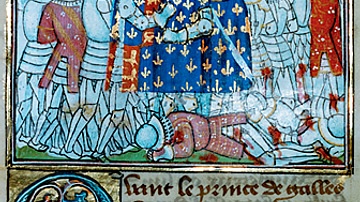
Article
Battle of Poitiers, 1356 CE
The Battle of Poitiers on 19 September 1356 CE was the second great battle of the Hundred Years' War (1337-1453 CE) after Crécy (1346 CE) and, once again, it was the English who won. Edward the Black Prince (1330-1376 CE), son of Edward III...
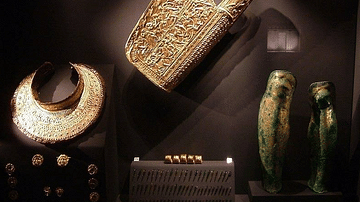
Article
Warrior Women of the World of Ancient Macedon
The 8th November is celebrated as Archangels Day in Greece, but on that November day in 1977 CE something remarkable happened: an excavation team led by Professor Manolis Andronikos were roped down into the eerie gloom of an unlooted Macedonian-styled...

Collection
Elite Warriors in History
Winning battles and forging empires was not just about numbers but also the quality of the troops at any commander's disposal. The best-trained, best-equipped and most experienced fighters could be moulded into devastating units that could...

Image
Mycenaean Krater With Warriors
Large Mycenaean krater depicting men in full armour (helmet, cuirass, greaves, shield and spear) as they depart for war, a sack of supplies hanging from their spears. To the side a woman raises her hand in a farewell gesture. From the "House...
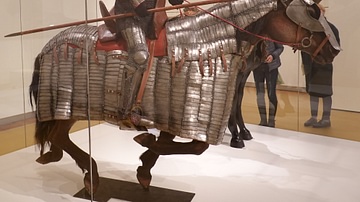
Image
Mamluk or Ottoman Cavalry
Armour for a cavalryman and his horse, produced c. 1500 CE. From the Mamluk Sultanate or Ottoman Empire. Collection of the Hermitage Amsterdam.